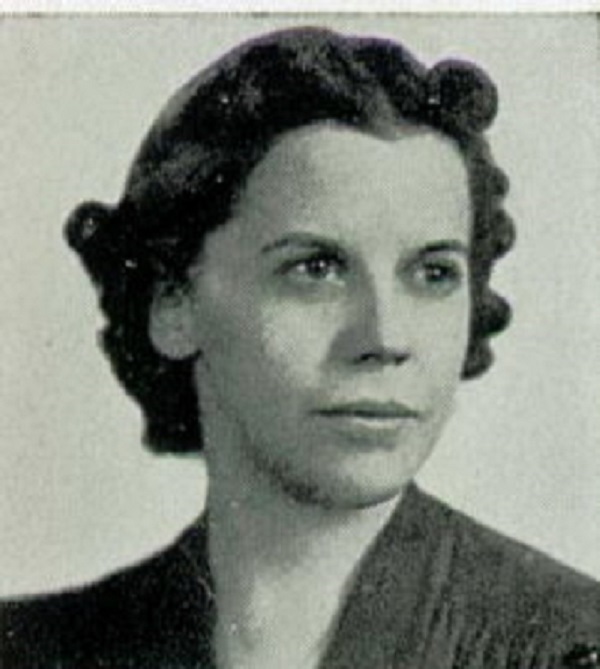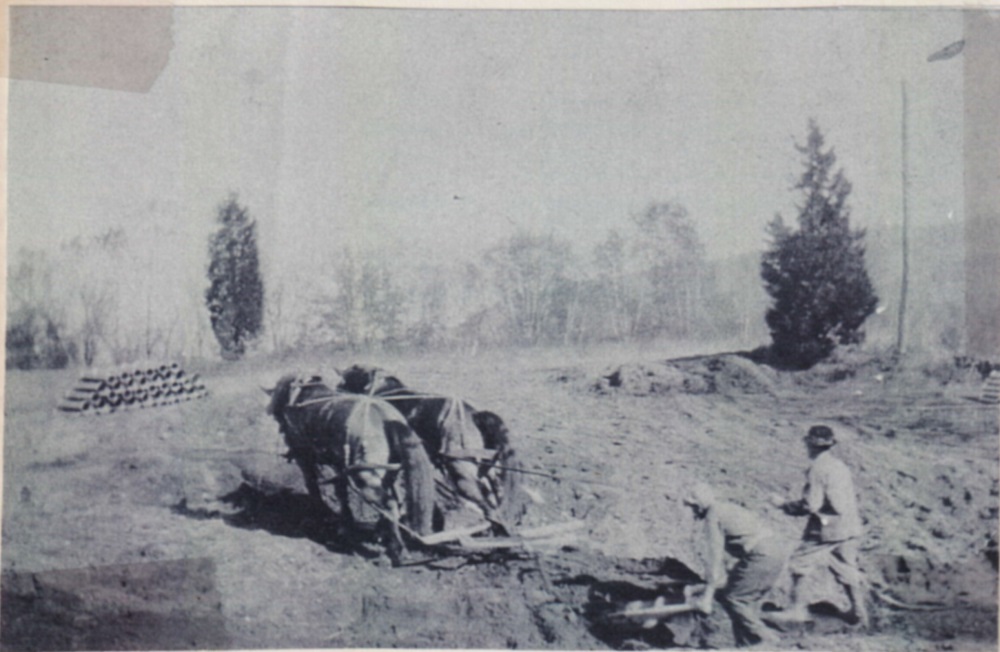| The Sandisfield Times |
|---|
| Historia Reminisces of South Sandisfield Childhood Part One: Farming |
|
By Ron Bernard Published January 15, 2025. |
|
|
|
While researching for my book on the New Boston Congregational Church - Little Brown Church - in March 2023, I chanced upon a folder in the archives of the Congregational Library in Boston that contained remarkable, clear recollections of Stella Hyde Morey who lived in South Sandisfield as a young girl in the 1910s. Written in 1987, her memoir includes impressions of farming, everyday life, and people, including preachers at the South Sandisfield Congregational Chapel, the social center of the community. Stella's father, Howard J. Hyde, moved with his wife, Ethel, daughter Stella and two sons, John and Howard Jr. from New Rochelle, New York, to Sandisfield in 1914. He came to Sandisfield to farm. When he died only two years later, the family stayed on. In 1919, Stella's older brother, Howard Jr. married into the extensive Riiska family to Lempi "Mary," 7th child of patriarch Juho "John" Riiska and his wife, Matilda from Finland. Ethel, Stella, and John moved to Springfield in 1920. Stella became a teacher and taught at the Arms Academy in Shelburne, Mass., in the 1930s. Her 3,600-word hand-written later transcribed account of South Sandisfield is a valuable legacy to this town. We start with excerpts of her recollections of farm life, with slight edits for clarity and conciseness. The land was very fertile, and water was not a problem. There seemed to be many underground springs that were permanent furnishers of cold, cold water. Everyone had large gardens planted according to the sizes of their families. As I remember it, they grew just about every vegetable, suitable for the climate, that was known at the time. As the crops matured, they took their needs out, and the balance was taken to Winsted or to Great Barrington and sold to the growers there. The gardens also had gooseberries, currants, rhubarb, and several of the "bush" condiments. Three farms had cranberry bogs. Ours was one and I know for truth the largest, because we had a better water supply. Those who did have shared with those who didn't, so they could have conserves for Thanksgiving and Christmas. Everyone had fruit orchards, grapevines, berry patches and come winter you cut ice for the coming summer. They had a "neat" system of getting produce to market. First, they took turns, one wagon for Winsted and one for Great Barrington. Each person brought their produce to the carrier's place - sometimes before day break, and helped with loading and getting him on his way. Then they went back after caring for his livestock, getting them milked or fed and turned out for the day. |
|
|
|
The orchards produced summer apples starting with "snow apples," golden sweets, and went into "winter keepers," ending with Baldwins. You kept what you could and stored it for the winter, the rest was sold to markets. Some farmers raised grains for their animals, and everyone had at least one or two fields of buckwheat. Reason - many had bees, and we all liked buckwheat honey, and buckwheat flour for pancakes. When it was grain harvesting time, a schedule was set up (for)the harvesting and threshing machines (that) came through with teams and crews. It was about the dirtiest, nosiest, filthiest operation I have ever seen. I was not allowed to go anywhere near the crew, but I could watch from the orchard. We had a small field of buckwheat and four or five fields of oats for the horses. I remember the grain grinder (hand turned) that was used for home use grain - very fine for the buckwheat flour and coarse for the corn meal. (Flour was bought in 25-pound bags or by the barrel). Wheat did not grow well in the area, so no one raised it. Everyone had "syrup maples." Some farmers had a "maple orchard" (like) they had an apple orchard. Maple syrup was a cash crop and came at a time when you could do little else outside. Other cash crops (included) eggs - father had a flock (Rhode Island reds) of 200 birds - unusual at that time. Other cash crops were milk, veal calves, mutton, wool, lambs, honey, beef, fresh pork, ham, bacon, etc.
This is part one of a three-part series. In The Times in March, Part 2: Experiences |

|
©The Sandisfield Times. All rights reserved.
Published January 15, 2025

